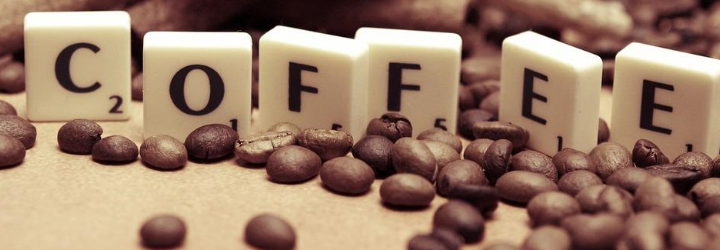Who doesn’t love a good cup of joe? Coffee is a much-beloved beverage that we drink for a variety of reasons, chief amongst them taste and stimulatory effects. Coffee was supposedly first cultivated in Ethiopia, and the first credible evidence of its consumption by humans is from the port town of Mocha in Yemen in the mid-15th century. There is a whole host of etymology and history to talk about, but let’s start with the word coffee itself:
Coffee
Origin: Arabic, qahwah, from qaha (to lack hunger)
So named for the age-old observation that coffee, via caffeine, blunts the appetite
As for the phrase, “a cup of joe,” there are a number of possible etymologies, but the one that I prefer is the shortening of “cup of jamoke”:
Jamoke: Java + Mocha
Java is a country that produces a lot of coffee bean
Mocha (Arabic: al-muka) is the port city in Yemen that was a huge coffee marketplace
European factories at the port of Mocha, 17th century
I would like to clear up a number of misconceptions about different styles of coffee. We have cappuccinos, espressos, mochas, lattes, and many more. Their etymologies may help you differentiate them! The first one that we build off of is espresso.
Espresso
Origin: Italian via Latin, ex- (from/out of) + primere (to press)
Coffee produced by forcing (“pressing”) nearly-boiling water through fine coffee grounds
This form of coffee is the base for the others that we commonly see. To produce cappuccinos and lattes, we need a base of espresso. A cappuccino is 1/3 espresso, 1/3 hot milk, and 1/3 foamed milk. Where does the word come from?
Cappucino
Origin: Italian, cappuccino (of the Capuchin friars)
So named because of the resemblance of a cappuccino’s color to the friars’ garments
Left, Portrait of a Capuchin Monk by Rubens; right, his namesake
Contrast a cappuccino with a simple café latte, which simply translates to “coffee with milk.” The coffee in question is espresso. Different establishments use different ratios of coffee to milk, but if we want to be rigorous with our etymological descriptions, a cappuccino is thus considered a subset of café latte. Now, a macchiato is something that is greatly misunderstood. It is a drink with hot milk at the bottom and a small amount of espresso at the top. Its etymology:
Macchiato
Origin: Italian, macchiato (marked)
So called because the espresso “marks” the hot milk at the bottom
Again, different people will use different ratios, so a quantitative definition is difficult, but that’s the general idea. Finally, out of our current list there is the mocha. As you might imagine, this is the very same Mocha that I presented earlier, i.e., the port town in Yemen that was a large hub for coffee in Ottoman times. Supposedly, the coffee beans that were exchanged in Mocha often had a chocolate taste to them, which is why we use the term mocha these days to refer to any coffee with a chocolate flavor or coffee with chocolate syrup.
What other types of coffee are you interested in learning about or would like to share? Leave a comment below and let’s discuss!


